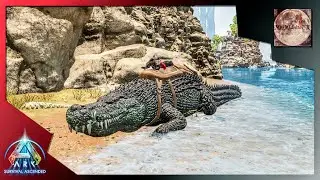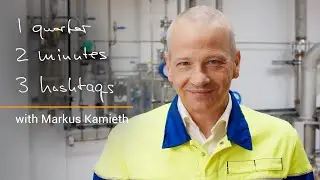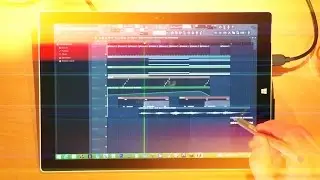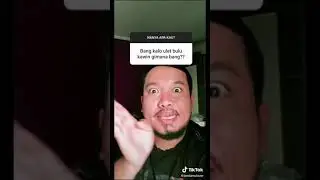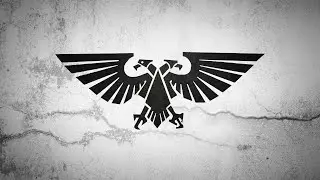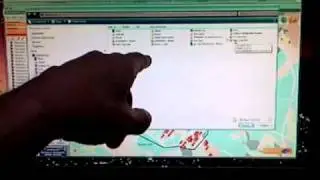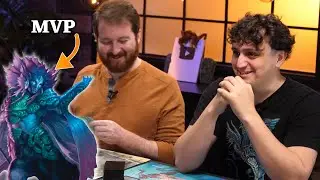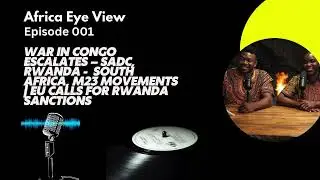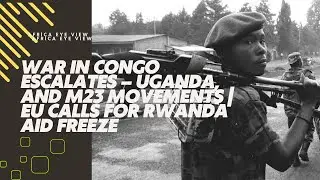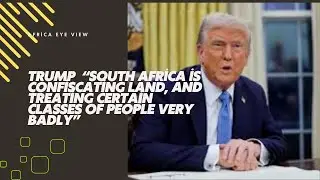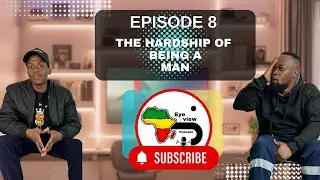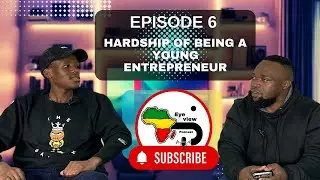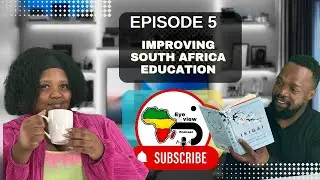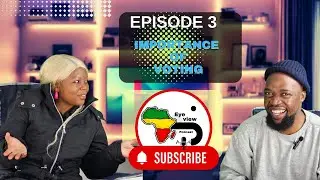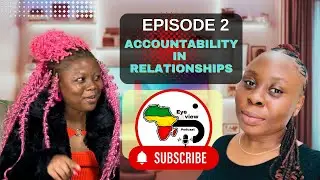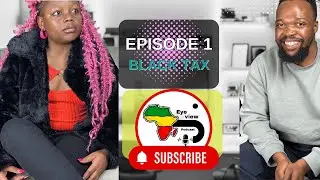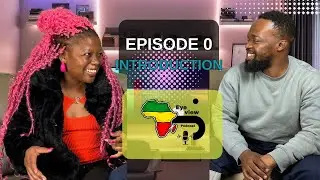WAR IN CONGO ESCALATES – UGANDA, AND M23 MOVEMENTS | EU CALLS FOR RWANDA AID FREEZE
AFRICA EYE VIEW – WAR IN CONGO: A NARRATION E1
The Democratic Republic of the Congo has been at war for decades. Cities have fallen. Armies have moved. Leaders have been absent. And the people—millions of them—have been caught in the crossfire.
This is not a new story. It is the same war that has ravaged Congo for generations. A war over power, over land, over minerals worth trillions. But now, it has escalated.
---
#### UGANDAN TROOPS ENTERED CONGO
In the province of Ituri, the Ugandan army entered Bunia. Officials claimed they were there to stop the massacres by militias. Uganda’s General Muhoozi Kainerugaba made the announcement himself—he had promised action, and he followed through.
But Ugandan troops in Congo—it was a familiar sight. Too familiar. For years, Uganda had fought in eastern Congo, sometimes as a friend, sometimes as a force of occupation. Now, they were back again. Would this bring peace? Or was this just another move in the Great Lakes power struggle?
---
#### M23 CAPTURED BUKAVU
Meanwhile, the M23 rebel group continued its advance. In South Kivu, they took Bukavu. The governor’s residence fell into their hands. And they did not just occupy the city—they began governing it.
They issued new rules:
All remaining soldiers had to surrender their weapons.
The people were instructed to resume their daily lives, as M23 declared their presence permanent.
A city-wide cleanup—Salongo—was ordered for Thursday, mandatory for all residents.
A show of force. A demonstration of power. A signal that M23 was no longer just a rebel group. They were rulers.
---
#### EU CALLED FOR RWANDA AID FREEZE
As M23 strengthened its grip, international pressure mounted. In Brussels, European lawmakers called for sanctions. They pushed for a freeze on all aid to Rwanda, accusing Kigali of backing M23.
They demanded that Rwanda cut ties with the rebels. They wanted military assistance suspended. They proposed halting critical mineral agreements with Rwanda.
For Rwanda, this was a serious threat. The economy depended on international funding. If the EU followed through, Kigali would feel the impact. But would these warnings turn into concrete action? Or would Rwanda continue its involvement despite the pressure?
---
#### WHERE WAS PRESIDENT TSHISEKEDI?
As this crisis unfolded, one question remained: Where was President Félix Tshisekedi?
Not in Kinshasa. Not in Bukavu. Not in Goma. Not even in Africa.
While Congo burned, Tshisekedi was in Munich, attending a security conference in Germany. He had skipped yet another African Union meeting. Just as he had skipped the last East African summit. Just as he had missed a major security meeting in Tanzania.
As M23 advanced, Congo’s leader was absent. And in his absence, others seized control.
---
#### TSHISEKEDI RETURNED FROM MUNICH
Now, Tshisekedi has returned. But not to address the crisis at home. On Tuesday, February 18, he was in Luanda, Angola, at the bedside of his counterpart João Lourenço.
The Angolan president had been the key mediator between Congo and Rwanda in the Luanda peace process. But now, Lourenço has stepped back to focus on his role as chair of the African Union. With his departure, who will lead the peace talks?
#### THE FUTURE OF THE WAR
With Uganda’s army in Congo… with M23 controlling Bukavu… with Rwanda under new scrutiny… and with Congo’s president absent from key diplomatic meetings… where does this war go next?
The fall of Goma was a turning point. The capture of Bukavu was another. And now, with Kavumu airport under M23 control, one city remains: Kinshasa.
Would the Congolese government fight back? Or would the next chapter of this war be written without them?
This was Africa Eye View. Stay with us.
